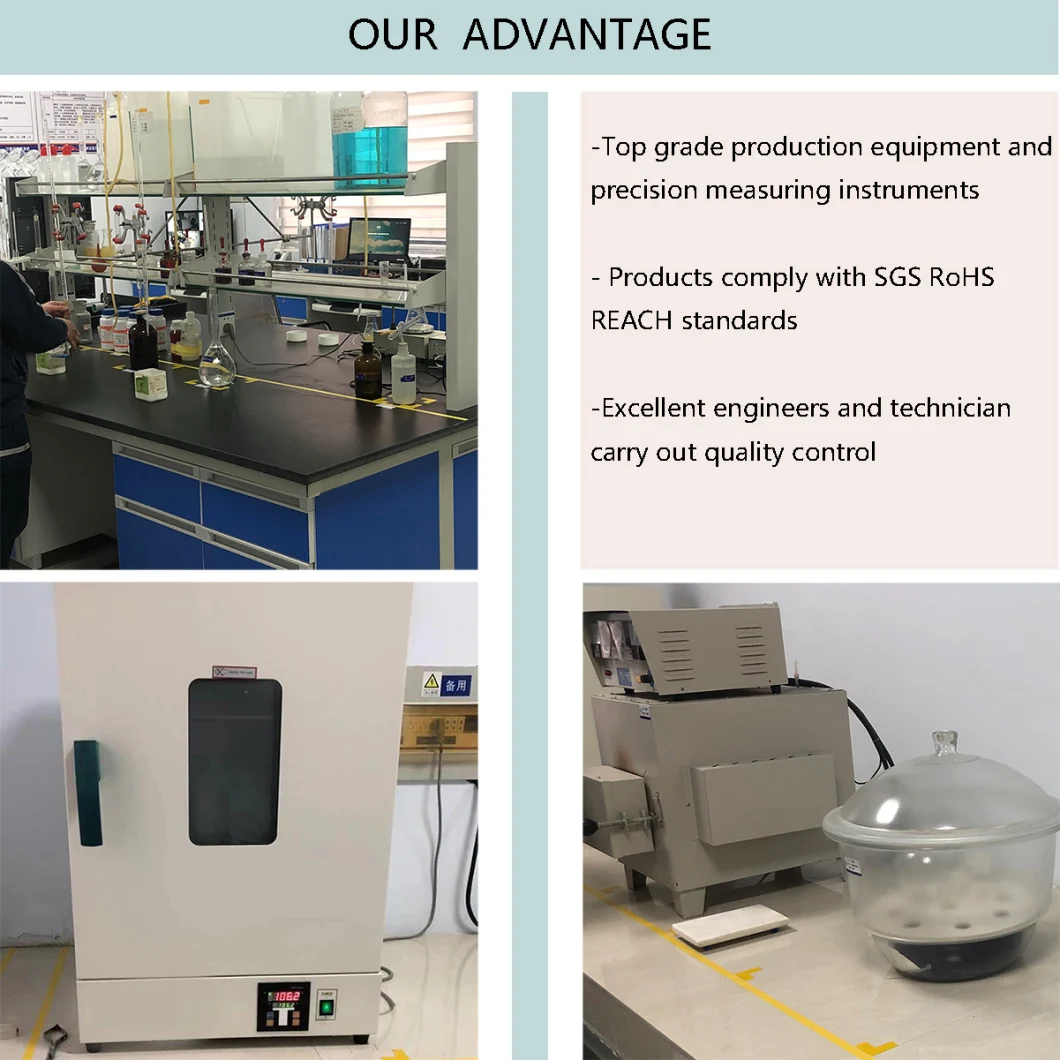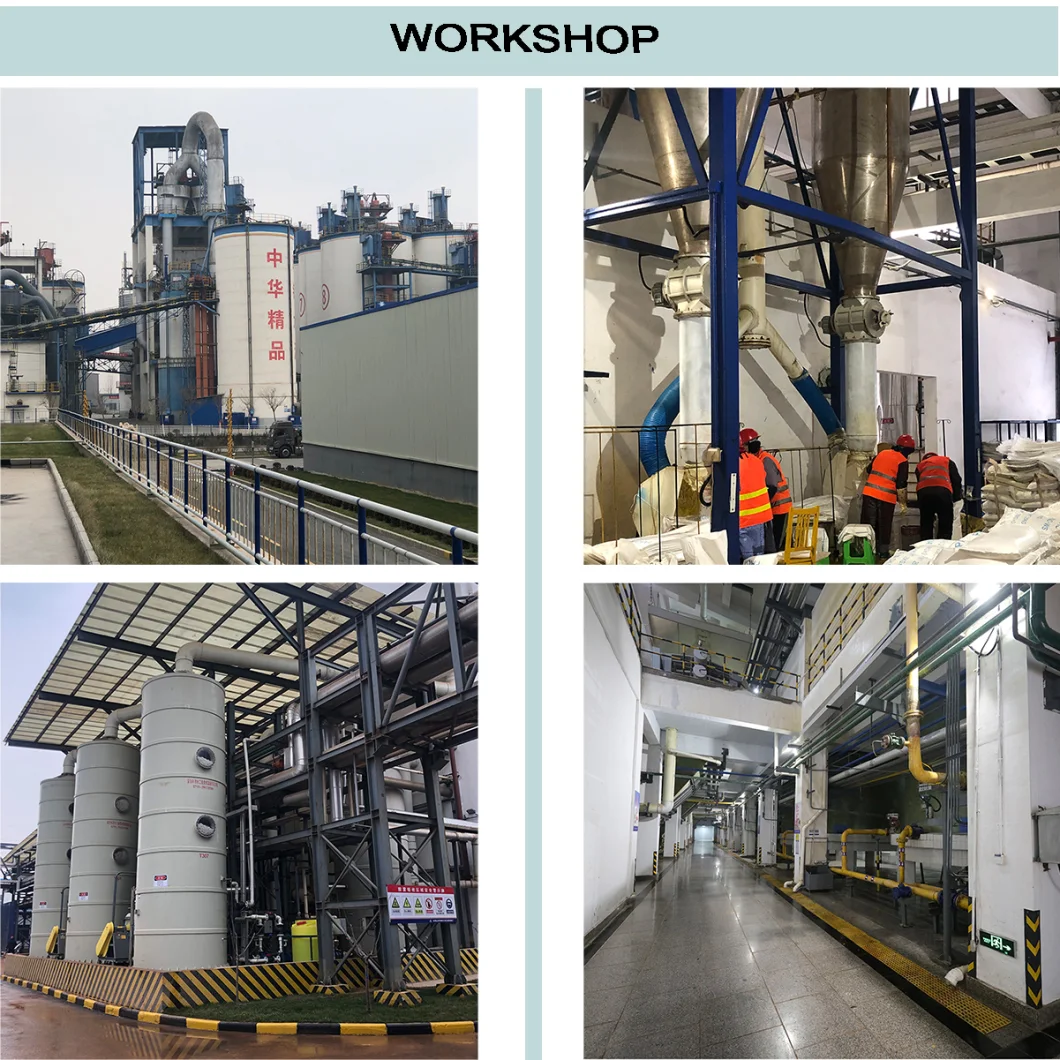The flame-retardant mechanism of aluminum hydroxide is: it decomposes at 200-300ºC, and dehydration reaction occurs after decomposition, which absorbs a large amount of heat on the surface of polymer materials, which can reduce the surface temperature of burning materials; at the same time, dehydration produces a large amount of water vapor, which dilutes combustible gas and oxygen Concentration; Its decomposition residues Al2O3 are dense oxides, which are deposited on the surface of the material to limit the generation of combustible gas,so it can play the role of heat insulation and oxygen isolation and achieve the effect of suppressing smoke; And aluminum hydroxide can absorb acid gas . Aluminum hydroxide has a moderate price and is the most widely used flame retardant filler.
Application in polyethylene Polyethylene (PE) is a lightweight, non-toxic, thermoplastic material with excellent electrical insulation properties and chemical resistance, and it has a wide range of applications. However, because the PE resin is non-polar and has poor compatibility with the inorganic flame retardant ATH, which is added in large amounts, simple blending can improve certain aspects of performance, but the mechanical properties of the system decrease too much, which cannot meet the practical application. Needs. In view of the above shortcomings, ATH can be modified and processed.
(1) Add flame retardant synergist. This method can improve the flame retardant ability, reduce the amount of flame retardant, and can effectively inhibit the dripping phenomenon of the material when it burns, and it has a synergistic effect with ATH to improve the mechanical properties of the material. Flame retardant synergists include: organic silicon compounds, red phosphorus and phosphorus compounds, zinc borate, metal oxides, etc.
(2) Improve the compatibility of the ATH flame retardant with the resin matrix. The method is to use coupling agents or surfactants to treat inorganic particles or to graft the matrix resin.
Specification


FAQ
Q: Are you factory?
A: Yes, we are factory.
Q: How is your quality?
A: We have top grade production equipment and precision measuring instruments and we also have engineers and technicians carry out quality control.
Q: Can you supply free samples?
A: 1kgs free sample is available, but freight charges will be at your account, The charges will be return to you or deduct from your order in the future.
Q: What about the payment?
100% T/T in advance, 30% T/T in advance, the balance 70% against the B/L copy, Irrevocable L/C at sight
Q: The MOQ is?
A: MOQ is usually 1 ton, special products can be coordinated with each other.
Q: Can I visit your factory?
A: Yes, we welcome you to visit our factory at anytime
Q: How about your delivery time?
A: Usually the shipment is within 15 days after confirming receipt of your payment, some products maybe need longer time.
Application in polyethylene Polyethylene (PE) is a lightweight, non-toxic, thermoplastic material with excellent electrical insulation properties and chemical resistance, and it has a wide range of applications. However, because the PE resin is non-polar and has poor compatibility with the inorganic flame retardant ATH, which is added in large amounts, simple blending can improve certain aspects of performance, but the mechanical properties of the system decrease too much, which cannot meet the practical application. Needs. In view of the above shortcomings, ATH can be modified and processed.
(1) Add flame retardant synergist. This method can improve the flame retardant ability, reduce the amount of flame retardant, and can effectively inhibit the dripping phenomenon of the material when it burns, and it has a synergistic effect with ATH to improve the mechanical properties of the material. Flame retardant synergists include: organic silicon compounds, red phosphorus and phosphorus compounds, zinc borate, metal oxides, etc.
(2) Improve the compatibility of the ATH flame retardant with the resin matrix. The method is to use coupling agents or surfactants to treat inorganic particles or to graft the matrix resin.
Specification
| Model | Al(OH) 3 ≥ | AL2O ≥ | SiO3 ≤ | Fe2O3 ≤ | Na2O ≤ | D50 (μm) | Oil Absorption Ml/100g≤ | PH | Moisture % | Whiteness % |
| H-WF-1 | 99.6 | 64.5 | 0.05 | 0.02 | 0.25 | 1.5-1.8 | 37.5 | 8.5 | 0.25 | 99.2 |
| H-WF-3 | 99.6 | 64.5 | 0.05 | 0.02 | 0.25 | 2.5-3.5 | 33.8 | 8.5 | 0.25 | 95 |
| H-WF-5 | 99.6 | 65 | 0.03 | 0.02 | 0.25 | 4.965 | 33.6 | 8.5 | 0.25 | 95 |
| H-WF-8 | 99.6 | 65 | 0.03 | 0.02 | 0.25 | 8.532 | 32 | 8 | 0.25 | 92/98 |
| H-WF-10 | 99.7 | 65 | 0.03 | 0.02 | 0.25 | 9.684 | 29 | 8 | 0.25 | 92/96/98 |
| H-WF-15 | 99.6 | 65 | 0.03 | 0.02 | 0.25 | 14.932 | 22 | 8 | 0.25 | 92/95/98 |
| H-WF-20 | 99.7 | 65 | 0.03 | 0.02 | 0.25 | 19.731 | 21 | 8 | 0.25 | 90/95/98 |
| H-WF-25 | 99.8 | 65 | 0.03 | 0.02 | 0.25 | 26.138 | 21 | 8 | 0.25 | 98 |
| H-WF-75 | 99.8 | 65 | 0.02 | 0.02 | 0.25 | 74.654 | 20 | 7.5 | 0.25 | 97 |
| H-WF-100 | 99.8 | 65 | 0.02 | 0.02 | 0.25 | 90.537 | 19 | 7.5 | 0.25 | 96 |


FAQ
Q: Are you factory?
A: Yes, we are factory.
Q: How is your quality?
A: We have top grade production equipment and precision measuring instruments and we also have engineers and technicians carry out quality control.
Q: Can you supply free samples?
A: 1kgs free sample is available, but freight charges will be at your account, The charges will be return to you or deduct from your order in the future.
Q: What about the payment?
100% T/T in advance, 30% T/T in advance, the balance 70% against the B/L copy, Irrevocable L/C at sight
Q: The MOQ is?
A: MOQ is usually 1 ton, special products can be coordinated with each other.
Q: Can I visit your factory?
A: Yes, we welcome you to visit our factory at anytime
Q: How about your delivery time?
A: Usually the shipment is within 15 days after confirming receipt of your payment, some products maybe need longer time.